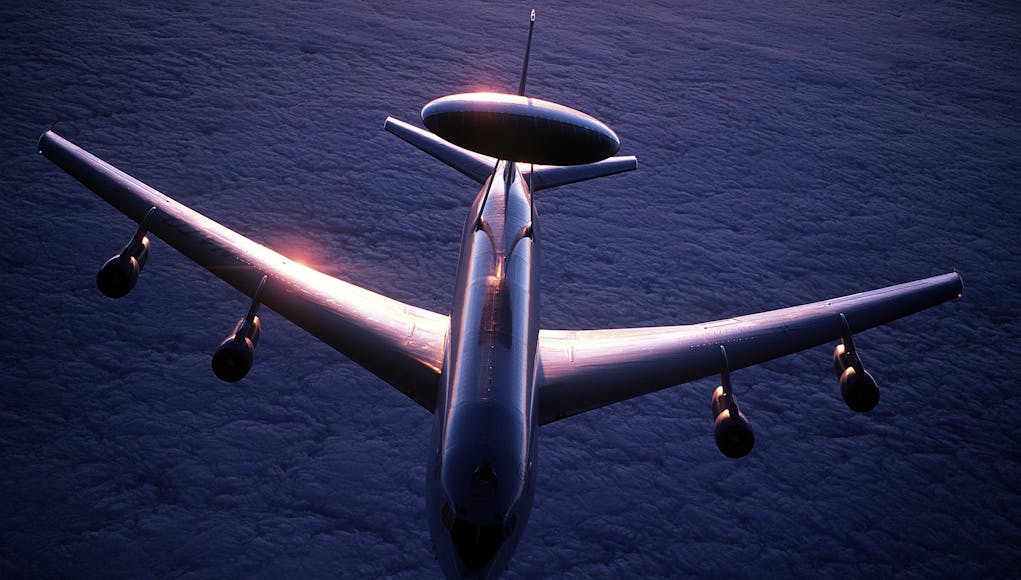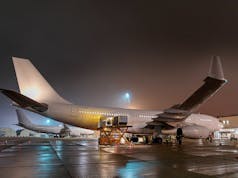NATO has increased its surveillance flights over Romania using Airborne Warning and Control System (AWACS) aircraft, starting September 29, 2024, to reinforce its presence in the region and monitor Russian military activity near the border.
The move, coordinated with Romanian military authorities, is part of enhanced vigilance efforts aimed at strengthening Romania’s response capabilities to rising air activity in the area.
In a statement, the Aliance say:
“In coordination with Romanian military authorities, NATO on September 29, 2024 started additional flights by Airborne Warning and Control System (AWACS) surveillance aircraft over Romania.
The enhanced vigilance activity, recommended by the Joint Force Command Naples commander and approved by the Supreme Allied Commander Europe, will support the Alliance’s reinforced presence in the region and monitor Russian military activity. It will also strengthen Romania’s ability to respond to the increased air activity in the vicinity of its border. This enhanced vigilance activity is legitimate, defensive, proportionate and fully transparent. The flights will take place solely over Alliance territory and will operate out of Preveza air base in Greece.”
“Officially, any intelligence gathered is only sent to NATO nations, but everyone knows that some of these nations quickly share the information with Ukraine, enabling them to counter incoming attacks. Western intelligence data offers Ukraine the ability to respond a wee bit quicker,” a former RAF officer wishing to remain anonymous told the UK Defence Journal.
Since February 2022, NATO AWACS have conducted regular patrols over eastern Europe and the Baltic Sea region to track Russian warplanes near NATO borders.
The E-3A Sentry, commonly referred to as AWACS (Airborne Warning and Control System), is a highly advanced airborne radar system designed for surveillance, command, and control operations. The aircraft is equipped with a distinctive rotating radar dome, which provides 360-degree coverage and can detect and track aerial targets from hundreds of miles away. Its radar system can monitor both friendly and hostile aircraft, tracking up to 600 targets simultaneously while also providing real-time data to allied forces on the ground, at sea, and in the air.
In addition to its surveillance capabilities, the E-3A functions as a flying command post, enabling NATO and allied forces to coordinate air operations in real-time. The aircraft is equipped with sophisticated communication systems that link it to ground forces, naval vessels, and other aircraft, allowing for rapid decision-making and response. Its ability to identify and track multiple threats at once, combined with its communications network, ensures that military commanders can manage large-scale operations efficiently.













